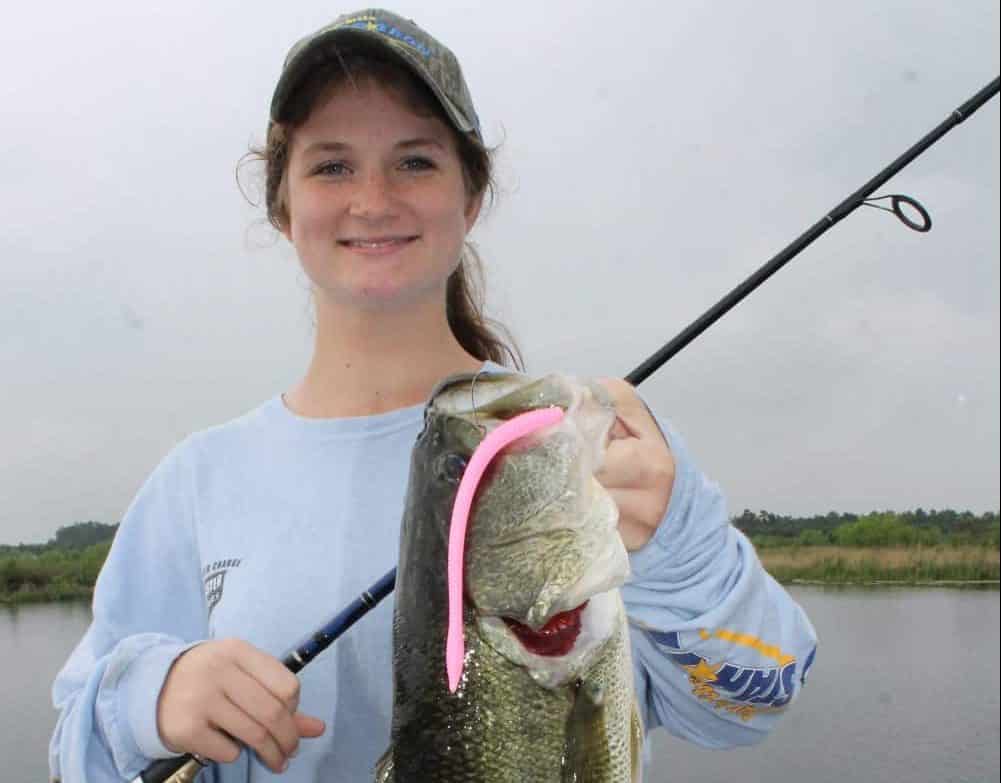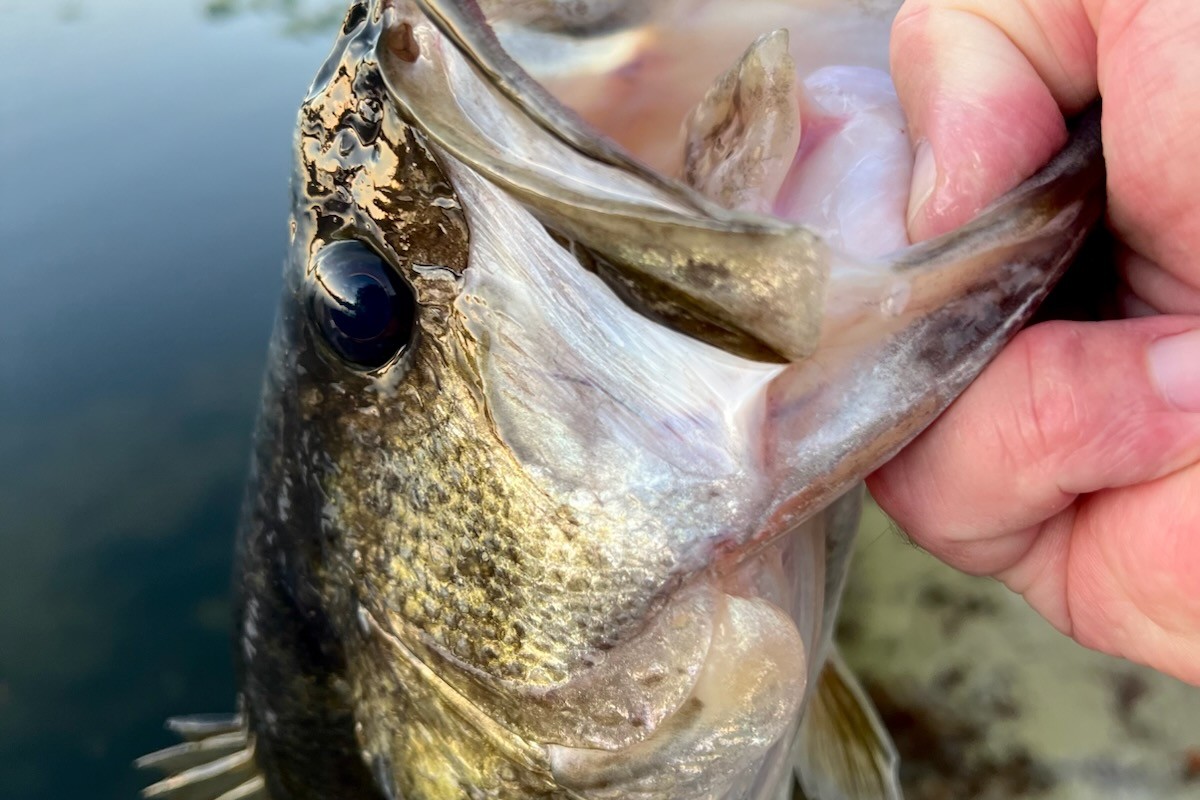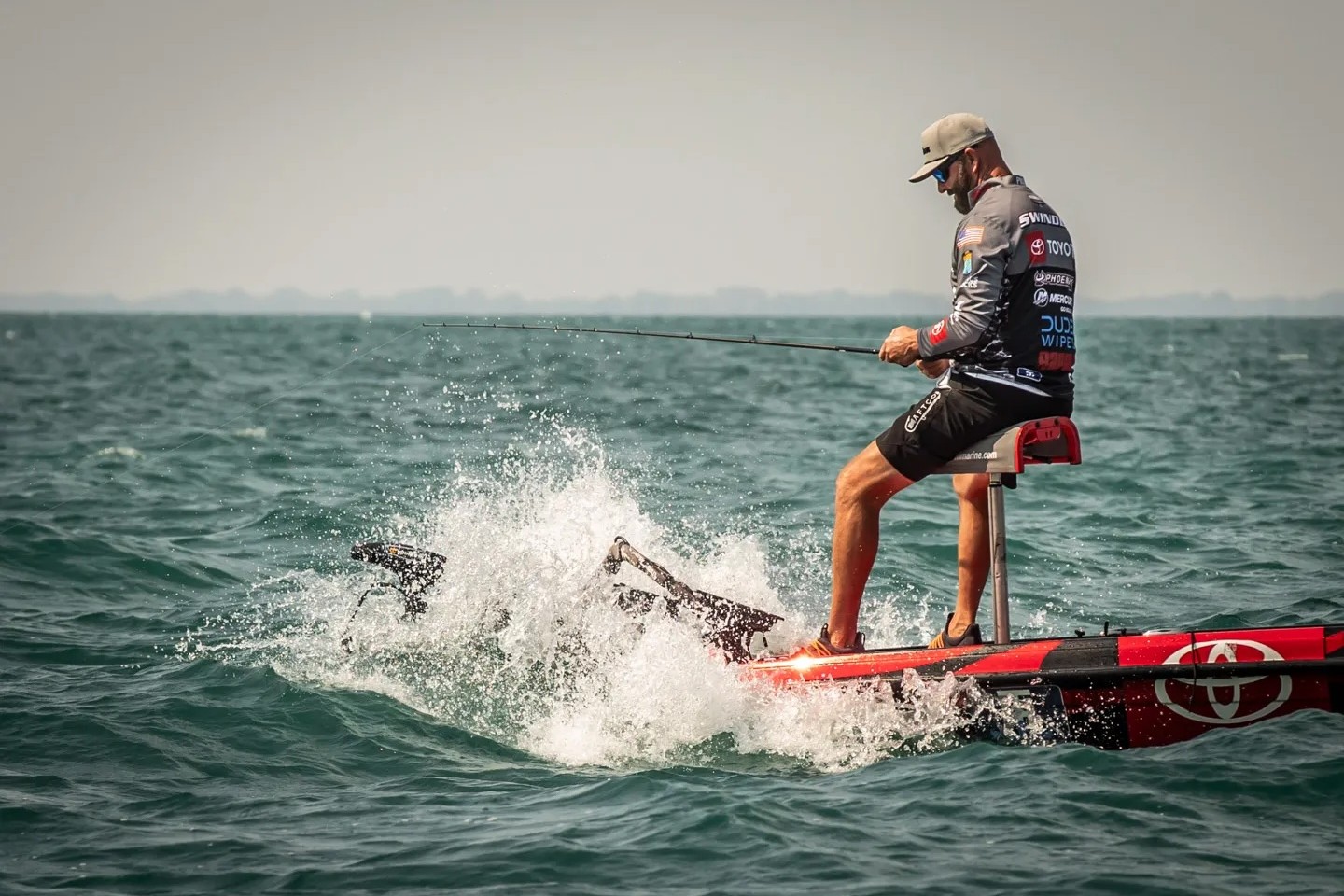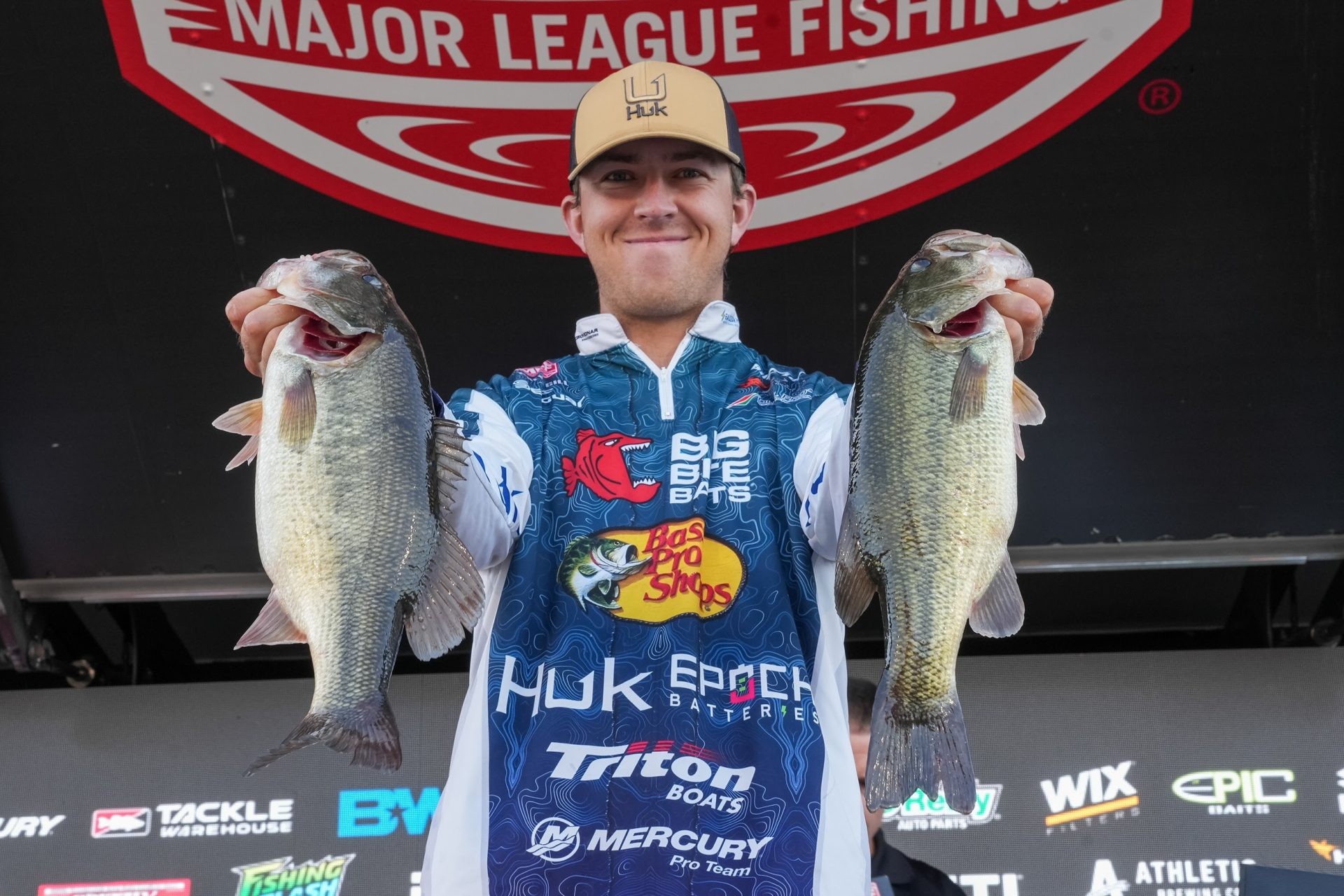Topwater Follow-up’s, How to Capitalize on Missed Opportunities
A floating worm has always been a good follow-up to a missed topwater strike. And the floating worm technique makes a good follow-up to a waning topwater season.
As water cools and days shorten, bait and bass will gravitate to remaining grass clumps and any hard cover available. They may have a slightly smaller appetite and a slower reaction time. All of those factors make the old weightless worm a prime technique as we transition deeper into autumn and closer to winter.
Granted, few of the straight tailed worms used to tempt bass in this style actually float but the name kind of stuck when Danny Joe Humphrey used it to great effect in the 1980’s. While the Zoom Trick Worm may dominate the market, Danny Joe’s Original Floating Worm is still available in all the fun colors and a few more subdued hues.
The bright colors gained favor decades ago because anglers wanted to track the lure visually and make certain it had disappeared in a fish’s mouth before setting the hook. That’s the biggest trick to making the technique work – wait a moment before setting the hook.
Nowadays natural colors are desired most often in increasingly clear reservoirs where grass has replaced wood in many instances. You can often see a strike happen, but if not, make sure to watch your line.
Line-watching is critical anyway, as the best way to get the most out of your floating worm is to let . . . sink.
If you let it settle just a tad deeper than the next guy, you will catch tons of bass on it. Then again, if bass will cooperate and you can fish faster and keep your worm on or near the surface while still triggering strikes, then have at it!
This can be the case as often as not in the fall.
While your buddies are starting to move toward deeper water with weighted lures, they’re leaving behind some bruiser bass. After all, you know there are always some fish up shallow. And they can often be duped into biting on or near the surface even if they won’t bite the same hard lures they crushed last month.
Line considerations: heavy line, especially monofilament, will force you to slow down, which you need to do with this technique this time of year anyway – most days. Lighter line and fluorocarbon will get it deeper when fish don’t want to come up and is also useful in clear water situations to begin with.
Braided line turns that slick little sliver of plastic into a cover-busting missile. I have whacked hefty fish this way from pad fields on lakes such as Toho right behind other anglers.
As for rod selection, spinning gear is great because we’re dealing with a weightless lure. Baitcasting gear works well too when paired with a medium-to-medium-heavy action rod and lighter braid, say, 30 lb. test. A lot of guys would throw floating worms more if they knew how well they worked on baitcasting gear.
Various places it has worked for me include the aforementioned pad fields of Toho, empty, shallow, hard-bottomed ledges including those found at Bienville Plantation, over deep, open, featureless strip pits that bottom out at 20 feet, potholes in Okeechobee eel grass fields, current rippled waters of the St Johns River, laydowns and overhanging willows on Clarks Hill Lake, canals and boat trails on Orange Lake. This tactic works everywhere water and bass coexist.
As for colors – have fun. Or match the baitfish. Either way, there is something to suit your style out there. I’ve fished with pros who’ve reluctantly pulled out their secret, special color to catch one or two more fish – and then begged me not to tell everybody about their offbeat hue. Whether the ‘special’ colors make a difference or not, It’s all part of the fun.
My friend Patrick Pierce had taken my daughter, Courtney, and me fishing once. We had a slow morning until Courtney decided to dial up the girl power and toss a pink worm. After she boated a 7-pounder we all started throwing pink worms. And we each caught 20-something-pound sacks of bass.
You’ve only got two-and-a-half days to set the hook. Use this to your advantage and lead fish away from heavy cover or reel in a ton of line if they bite at the end of a long cast and you’re using light gear. I once fought a bass for over 30 seconds without setting the hook just to see how long they might hold a floating worm – I had the rod flexed, was cranking the reel handle – everything but the hook set and the fish didn’t let go until it got to the boat and saw me, at which point it spat the lure, hook still buried in plastic.
Just a testament to the appeal the floating worm holds for bass. Give it a try when the typical topwater stuff fails this autumn. Or better yet, be the first on the lake to show it to the fish.
About the Author


















